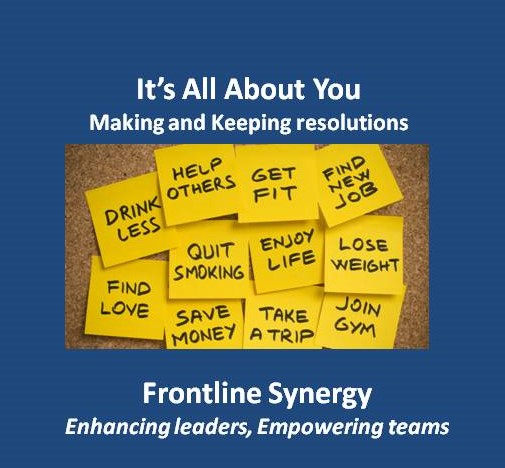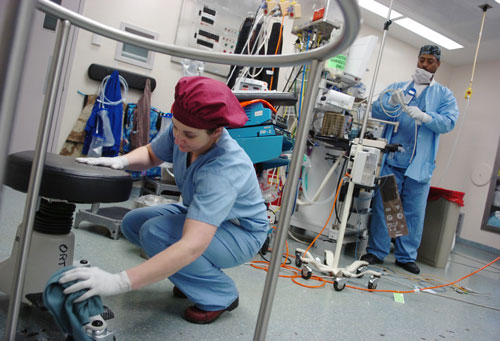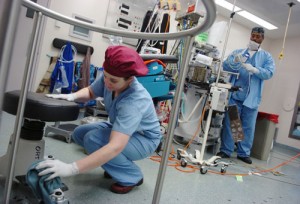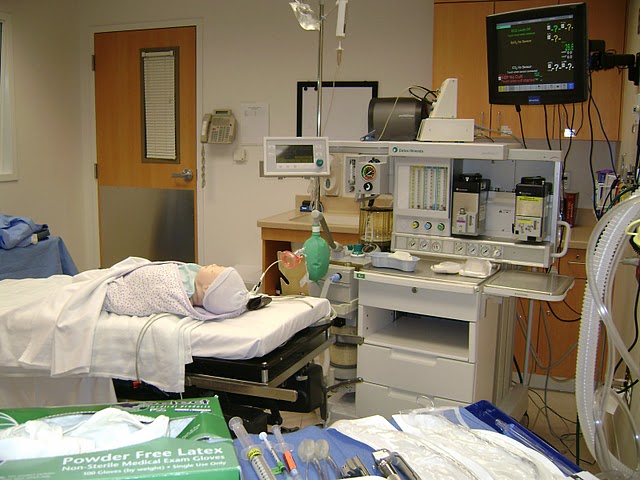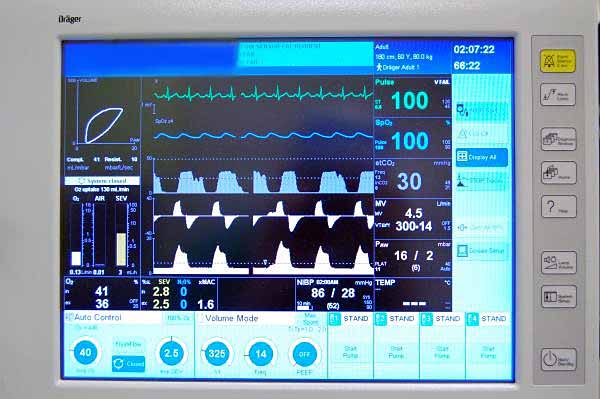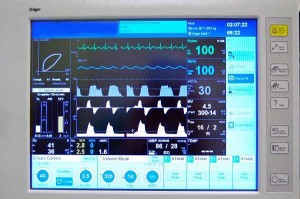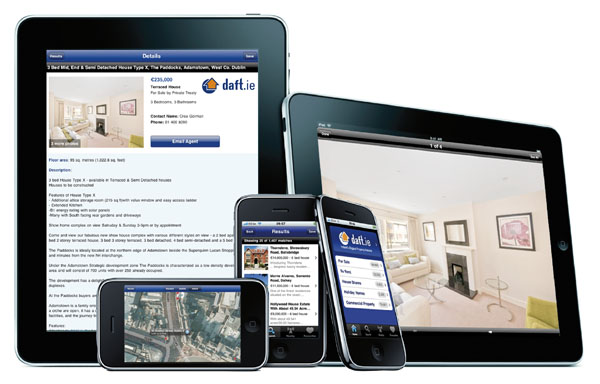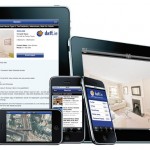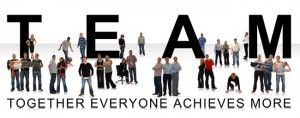By Thomas Davis, CRNA
“What counts in making a happy marriage is not so much how compatible you are but how you deal with incompatibility.” ― Leo Tolstoy
Neil Clark Warren is a name that you may not know, however, when you see his face and hear his voice you will say, “Oh yeah, that guy.” Mr. Warren is a clinical psychologist, Christian Theologian, seminary professor and CEO of eHarmony.com. Most likely you know him from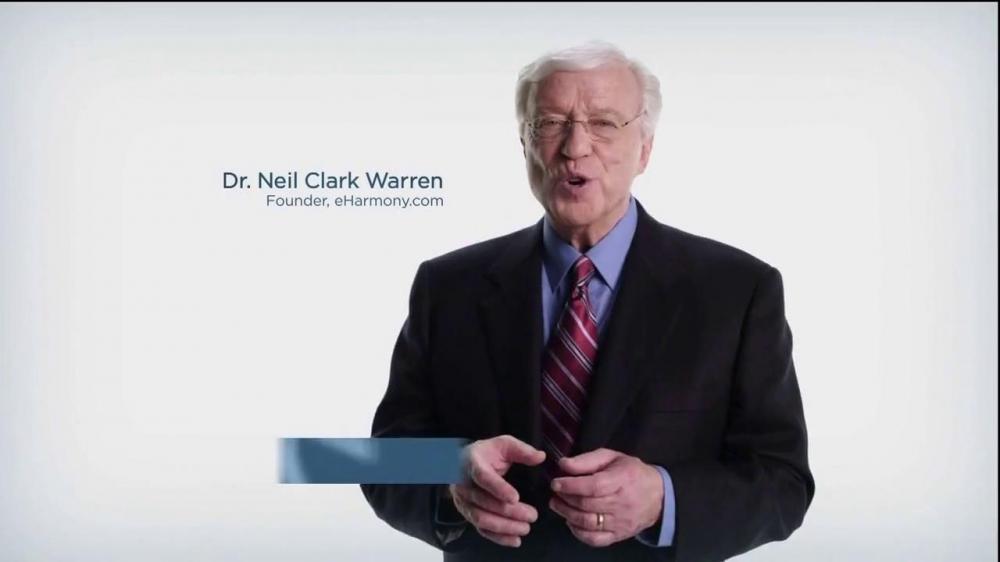 over a decade of TV commercials. As a marriage counselor, Neil worked with couples who, despite their love for one another, had compatibility issues. The eHarmony.com web site was designed to assess the basic character and values of each person and then match them with a partner based on compatibility. The success of this online dating plan has been impressive. Compatibility is foundational to every good relationship, including work relationships.
over a decade of TV commercials. As a marriage counselor, Neil worked with couples who, despite their love for one another, had compatibility issues. The eHarmony.com web site was designed to assess the basic character and values of each person and then match them with a partner based on compatibility. The success of this online dating plan has been impressive. Compatibility is foundational to every good relationship, including work relationships.
Compatibility is just as important in the workplace as it is to your personal life. Being in the wrong job is like being married to the wrong person…lots of work and not much fun. All too often production pressure influences a manager to hire a person primarily to get them on the job and working quickly. After months or years of frustration, the manager realizes that the employee is not compatible with his leadership style or the institution’s values. Both are unhappy and neither is as productive as each could be.
As healthcare managers, Chief CRNAs have a vested interest in ensuring that employees are fully engaged in their work. Engaged employees provide consistent, high levels of productivity. They are your problem solvers and proactively identify ways to streamline workflow and improve patient satisfaction. They embrace the vision and values of the organization and are on board with your management style.
In contrast, disengaged employees are actively or passively against just about everything. They believe that they are right and everybody else is wrong and would rather hold on tightly to the problem than fix it. Most people reading this article can name both engaged and disengaged co-workers. As a manager, you seek to increase the number of workers carrying the load and to reduce the number of those who put a drag on the system. Your goal is to have a fully engaged workgroup, and employee engagement starts with the hiring process.
As my mother used to say, “It’s easier to avoid getting into a bad relationship than it is to get out of one.” As a manager building a team, the Chief CRNA must assess compatibility of every applicant and stay out of bad relationships. Always remember, there are highly qualified, fully capable applicants who have the work experience that you seek but still may be a terrible fit on your team. Compatibility is as important as capability when assembling your team. Building compatibility into your team begins with the application/interview process.
Competence and capability are foundational for any employee to become a valued member of your staff. Competence is evident by the applicant’s having the education and skills required in the job description, however, capability relates to the willingness to work and the quest for professional growth. When interviewed, an engaged applicant will ask about your expectations and will also ask about taking on more responsibility. The person will want to know how you define and reward excellence. When you follow up with calls to references, ask about work ethic and ask for examples of when the applicant went above and beyond the basic requirements of the job. If all the person does is show up, earn a pay check and go home, don’t expect to see an attitude change after becoming your employee.
An applicant’s Commitment to the mission, vision and values of the larger organization aligns them with others in the workgroup and provides a stable platform for future interaction. When you interview, ask the applicant why they want to work with your group. Are they committed to the group values and are they committed to a long term work relationship or are they passing through until a better option arises? Before the interview ends, get a verbal commitment that the applicant supports the values of the group. Regardless of their competence, if the applicant cannot commit to the values of the group, the person is not a good fit.
Compassion and caring about the welfare of patients and co-workers are signs of emotional health. Having a sense of happiness and a good sense of humor will elevate the mood of the entire group and make your hospital a preferred workplace. Build your team with people who appear happy, who support one another and have a desire to connect socially. The interview is your opportunity for a conversation with the applicant that is relaxed and easy. If the interview is stressful or there is not a free flow of thoughts, the applicant is not a good fit.
Compensation to include both pay and benefits is important to the institution and to the applicant. The offer should be competitive with the local market and the applicant should be satisfied with the offer. Employees who feel that your offer is too low will feel under-appreciated and may quickly become under productive. Not only do they become a drag on your system, they drag others down with them and create discord on your team. Don’t apologize for your offer. If the applicant does not gladly accept it, they will not fit in and will jump ship at the first opportunity.
Communicate with people who know the applicant and their work ethic. The applicant will provide a list of people who can be relied upon to give a glowing testimony. When you interview, ask the applicant for names and contact information for current employers/supervisors. Follow up with a phone call to validate the things told to you during the interview.
Just as Neil Clark Warren uses eHarmony to assess values and characteristics of people to increase the likelihood of compatibility, the Chief CRNA must have a working knowledge of the values of the institution, conduct a focused interview, and follow-up to assure that the applicant is a good match. A happy, healthy and engaged workgroup is founded on a compatible partnership.
Remember, it is easier to teach technical skills to the right person than it is to change the basic personality of a highly skilled but wrong person. For eHarmony in your workgroup, do your diligence and make a good match.
Tom is an experienced leader, educator, author and speaker with a passion for team building. Contact tom@procrna.com
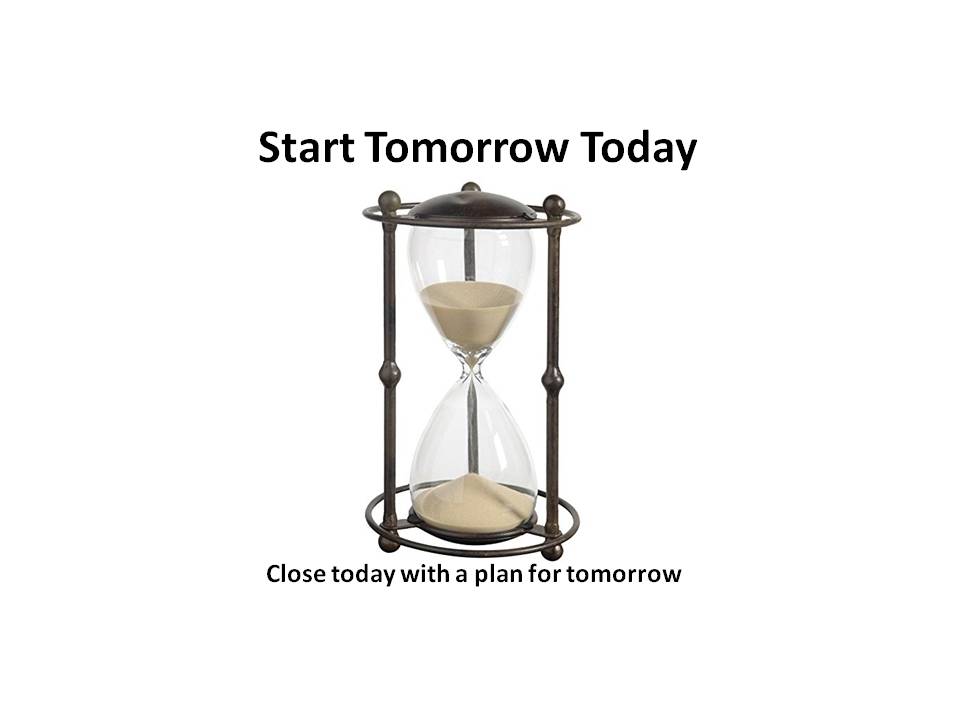 Effective leaders in healthcare, and across corporate America, are known for being very busy and efficient using effective schedules. Those who make it to the top leadership positions may appear to have everything under control as they progress through massive schedules. Although top executives have a support staff to help them maneuver through the day, their ability to navigate the workload goes beyond a skillful staff. CEOs have learned early in the game to establish a daily routine and weave it into it an agenda that the support team helps bring to life. An important component of the daily schedule is the end of day routine where the leader closes today and plans for a productive tomorrow.
Effective leaders in healthcare, and across corporate America, are known for being very busy and efficient using effective schedules. Those who make it to the top leadership positions may appear to have everything under control as they progress through massive schedules. Although top executives have a support staff to help them maneuver through the day, their ability to navigate the workload goes beyond a skillful staff. CEOs have learned early in the game to establish a daily routine and weave it into it an agenda that the support team helps bring to life. An important component of the daily schedule is the end of day routine where the leader closes today and plans for a productive tomorrow.
